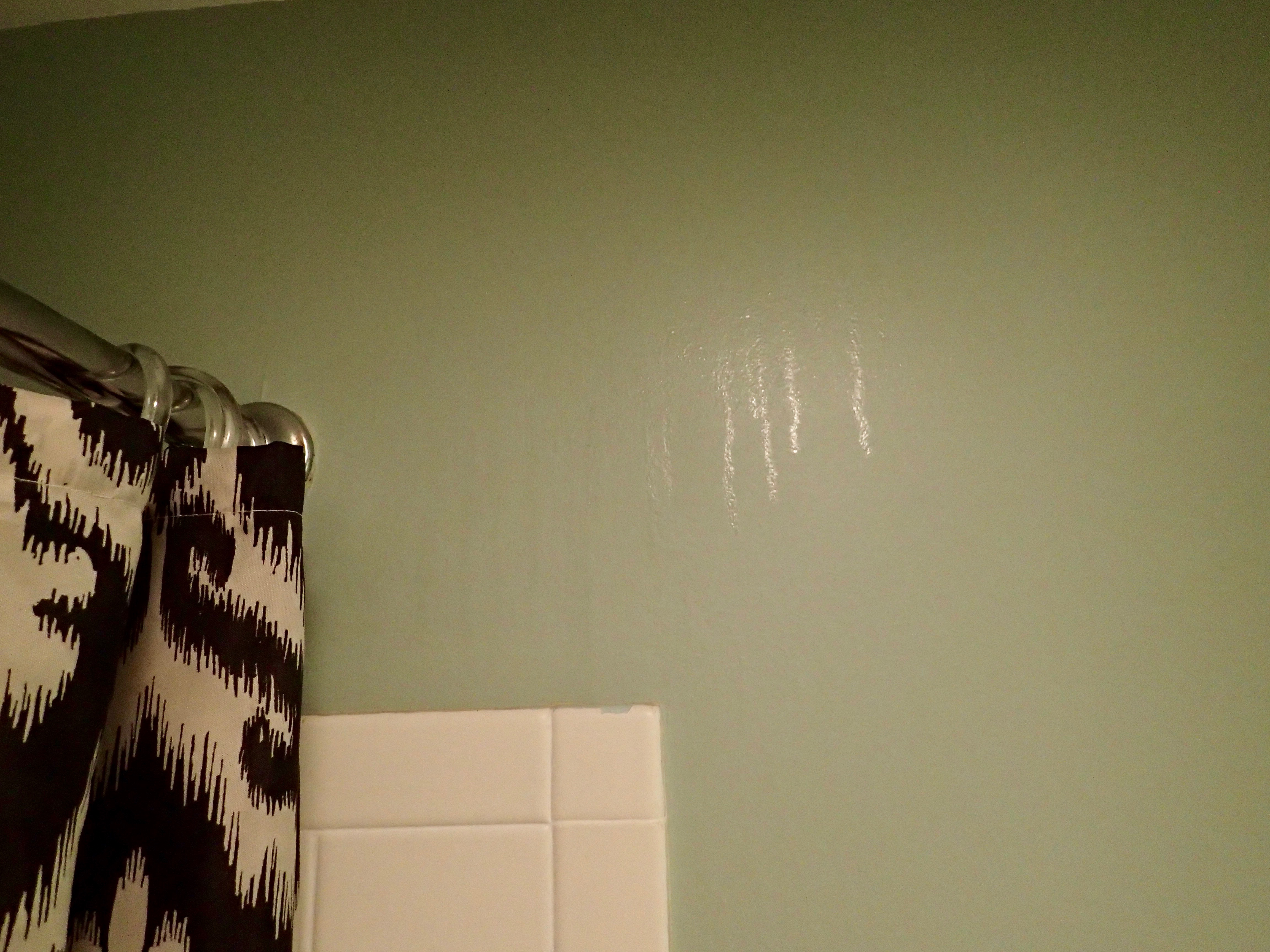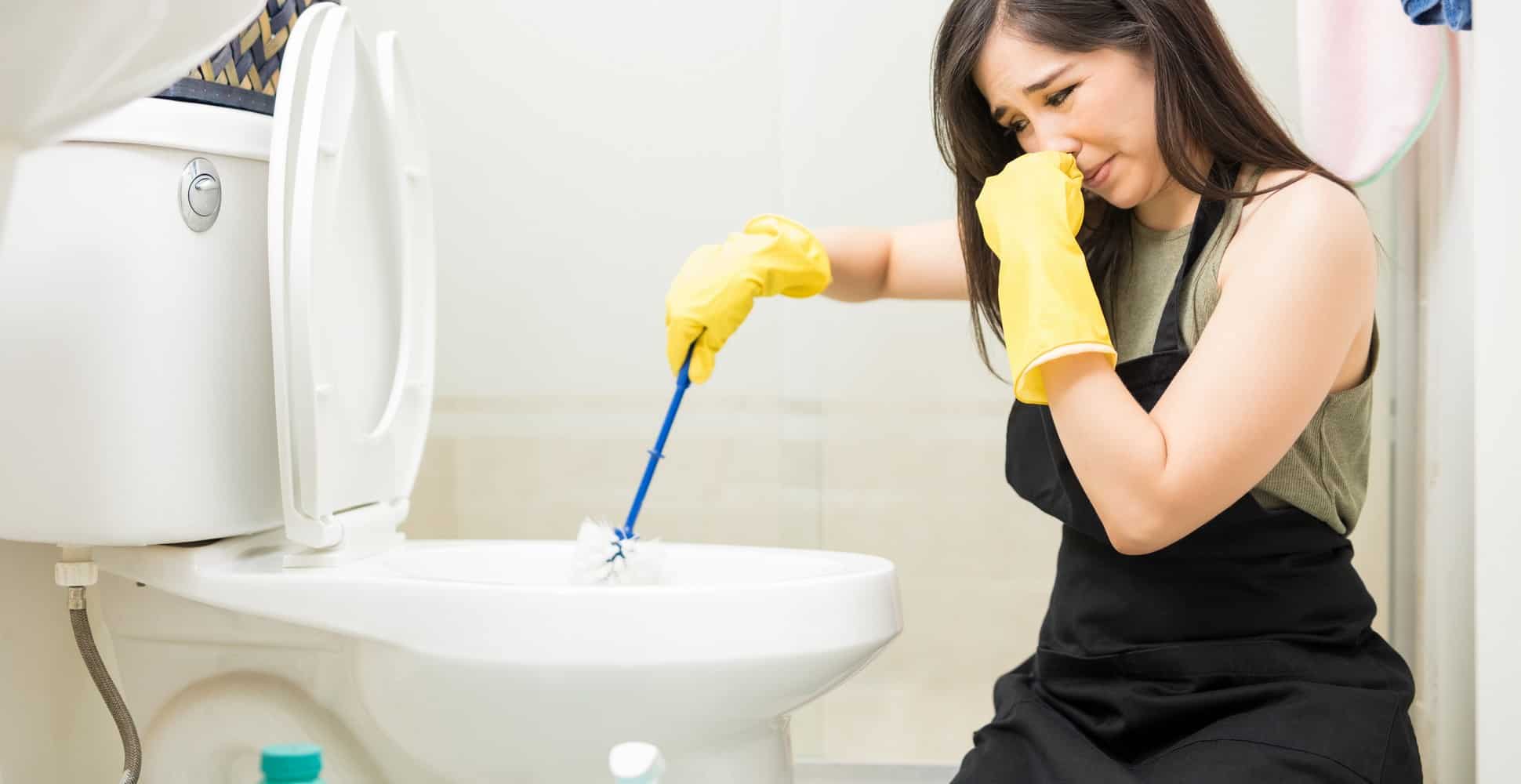Understanding the Causes of Bathroom Wall Sweat

Bathroom walls sweating sticky stuff – Condensation, the process of water vapor turning into liquid, is the primary culprit behind bathroom wall sweating. It occurs when warm, moist air comes into contact with a cooler surface, causing the water vapor to condense and form droplets. Bathrooms are particularly prone to condensation due to the high levels of humidity generated by activities such as showering and bathing.
The bathroom walls, sweating sticky stuff, were an unpleasant sight. I thought about how a brick accent wall bathroom would look like in this space, the contrast between the rough texture of the bricks and the smooth, cold tiles creating a unique ambiance.
But the problem of the sweating walls would still remain, a constant reminder of the humidity that permeated the air.
Contributing Factors
Several factors contribute to condensation in bathrooms:
- Poor Ventilation: Inadequate ventilation prevents moist air from escaping, leading to increased humidity and condensation.
- High Humidity: Activities like showering and bathing release significant amounts of water vapor into the air, raising humidity levels and promoting condensation.
- Lack of Insulation: Poor insulation allows cold air to penetrate the bathroom walls, creating a temperature difference that encourages condensation.
- Cold Surfaces: Bathroom walls that are cold to the touch provide an ideal surface for water vapor to condense.
Identifying and Dealing with Sticky Residue

The sticky residue that appears on bathroom walls is primarily composed of organic matter, such as soap scum, hair products, and body oils. It can accumulate over time due to condensation and humidity, creating an unsightly and unsanitary environment.
To effectively identify and clean this residue, follow these steps:
Identifying the Residue, Bathroom walls sweating sticky stuff
- Examine the appearance of the residue. Soap scum tends to be white or yellow, while hair products and body oils may appear brown or clear.
- Touch the residue. Soap scum is typically hard and crusty, while hair products and body oils are soft and sticky.
Cleaning the Residue
- For soap scum, use a commercial bathroom cleaner or a solution of vinegar and water (1:1 ratio).
- For hair products and body oils, use a degreaser or a solution of dish soap and water (1:1 ratio).
- Apply the cleaning solution to the residue and let it sit for a few minutes to dissolve the organic matter.
- Scrub the residue with a sponge or brush, then rinse thoroughly with water.
Preventing Future Wall Sweating: Bathroom Walls Sweating Sticky Stuff

To prevent future wall sweating, it is essential to address the underlying causes and implement effective solutions. By improving ventilation, controlling humidity, and optimizing bathroom design, you can create a moisture-free environment that minimizes the risk of condensation and sticky residue buildup.
Improving Bathroom Ventilation
Proper ventilation is crucial for reducing condensation levels in bathrooms. Ensure your bathroom has adequate ventilation by installing an exhaust fan or opening windows during and after showers. Exhaust fans should be vented directly to the outside, not into the attic or other indoor spaces.
Controlling Humidity in Bathrooms
Controlling humidity levels in bathrooms is essential for preventing wall sweating. Use exhaust fans and dehumidifiers to remove excess moisture from the air. Dehumidifiers are particularly effective in small, poorly ventilated bathrooms.
Optimizing Bathroom Design
Optimizing bathroom design can help minimize the risk of wall sweating. Proper shower enclosure installation, such as sealing joints and using moisture-resistant materials, prevents water from seeping into the walls. Additionally, using moisture-resistant wall materials, such as ceramic tiles or waterproof paint, creates a barrier against moisture penetration.
As a solution to the unpleasant problem of bathroom walls sweating sticky stuff, 3d wall panels for bathroom offer an effective and stylish solution. These panels are designed to combat moisture, preventing the buildup of condensation and the resulting sticky residue that can accumulate on bathroom walls.